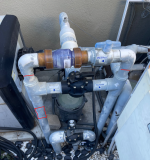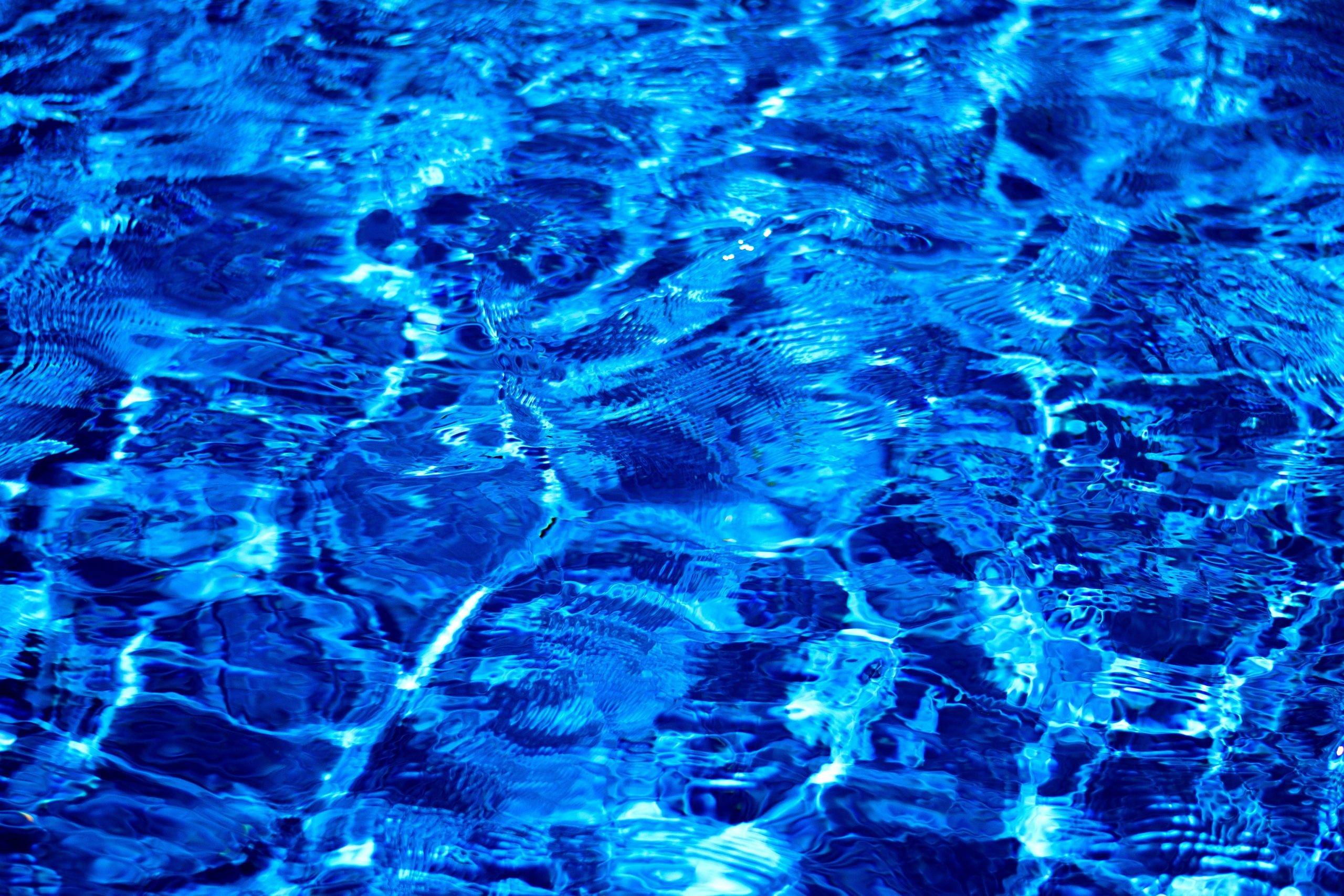I am stumped. My spa drains back into the pool overnight down to the level of the jets. I have replaced the inline check valve (Flo Systems see-through valve) and the guts of both Jandy valves (suction and return). I can see the flapper inside the check valve pulsating and hear it making a glug glug glug noise. If I close the inline "spa bypass" valve the noise and glug glug glug stops, as does the pulsation of the flapper.
I initially suspected it was a defective flapper/check valve for the spa bypass since it was 20 years old. It is not spring loaded and I suspect just uses the pressure from the spa water to push the flapper against its seat. Rubber on the old flapper was shot and I thought for sure I had it fixed by simply replacing the ancient check valve. Nope.
I then ordered two new Jandy three way valves (also twenty years old) and replaced the valve guts (left the glue-together housings intact). Still losing water and still have glug glug glug with flapper pulsations. What am I missing here? Pretty simple system.
I read somewhere here that another guy found his salt cell causing oscillation in his check valve because the salt cell had its own check valve? My cell has been dead for years and I no longer have need for it. Should I just cut it out and run a straight piece of pipe?

I initially suspected it was a defective flapper/check valve for the spa bypass since it was 20 years old. It is not spring loaded and I suspect just uses the pressure from the spa water to push the flapper against its seat. Rubber on the old flapper was shot and I thought for sure I had it fixed by simply replacing the ancient check valve. Nope.
I then ordered two new Jandy three way valves (also twenty years old) and replaced the valve guts (left the glue-together housings intact). Still losing water and still have glug glug glug with flapper pulsations. What am I missing here? Pretty simple system.
I read somewhere here that another guy found his salt cell causing oscillation in his check valve because the salt cell had its own check valve? My cell has been dead for years and I no longer have need for it. Should I just cut it out and run a straight piece of pipe?

Last edited:







